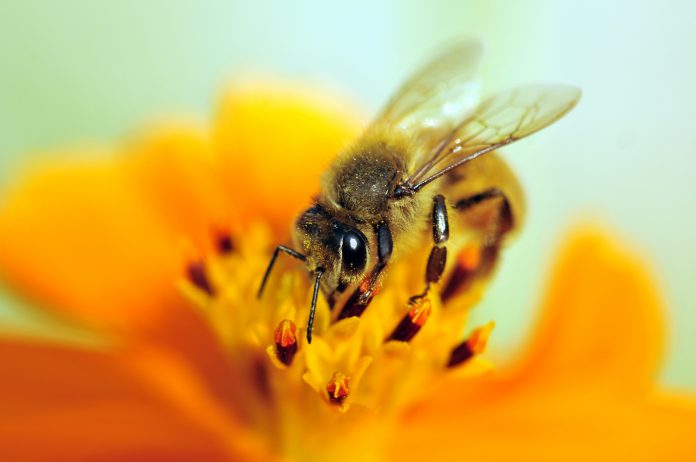Bumble bees and honey bees both depend on the same flower species in UK summers, which means that plant diversity is crucial to the survival of both species
In the UK, the sight of bees mark the beginning of a brief but cherished summertime.
It is usual to see both bumble bees and honey bees foraging from the same kind of flower, especially when the country is at the peak of summer weather. To understand how climate change is impacting the behaviour of more than 1,000 bees, researchers at the University of Sussex studied 22 flower species in southern England and found that “energy efficiency” is a high priority for resource competition.
Bodyweight determines the energy used while flying and walking between flowers, with a bee that is twice as heavy using twice as much energy. The rate at which a bee visits flowers, the number of flowers per minute, determines how much nectar, and therefore energy, it collects.
Together, the ratio of these factors determines bee foraging energy efficiency.
A separate team conducted a different study that found the same conclusion – more plant diversity, higher likelihood of bee conservation.
‘Bumble bees have an advantage over honey bees in being faster’
Professor of Apiculture, Francis Ratnieks, said: “While they forage on the same flowers, frequently we find that bumble bees will outnumber honey bees on a particular flower species, while the reverse will be true on a different species growing nearby.
“What was remarkable was that differences in foraging energy efficiency explained almost fully why bumble bees predominated on some flower species and honey bees on others.
“In essence, bumble bees have an advantage over honey bees in being faster at visiting flowers, so can gather more nectar (energy), but a disadvantage in being larger, and so using more of the nectar energy to power their foraging. On some flower species this gave an overall advantage to bumble bees, but on others to honey bees.”
On some flower species such as lavender, where bumble bees dominated, visiting flowers at almost three times the rate of honeybees.
‘Bee conservation therefore benefits from flower diversity’
Author Dr Nick Balfour said: “The energy efficiency of foraging is particularly important to bees. The research showed that the bees were walking (and flying) a challenging energy tightrope; half the energy they obtained from the nectar was expended in its collection.”
The differences in the morphology of flowers impacted greatly on how energy efficient the two bee types were. Ling heather, with its mass of small flowers was better suited to the nimbler honey bee. By contrast, Erica heather, which researchers found growing beside the ling heather in the same nature reserve, has large bell shaped flowers and was better suited to bumble bees. Energy (provided by nectar for bees) is a fundamental need, but the fact that honey bees and bumble bees do not compete head on for nectar is reassuring in terms of conservation and co-existence.
Professor Ratnieks further commented: “Bumble bees have a foraging advantage on some plants, and predominate on them, while honey bees have an advantage on others and predominate on these.
“Bee conservation therefore benefits from flower diversity, so that should certainly be a focus on bee conservation efforts. But fortunately, flowering plants are diverse.”











